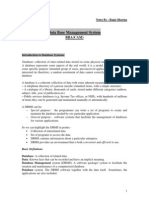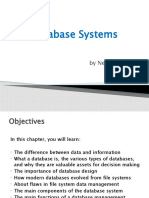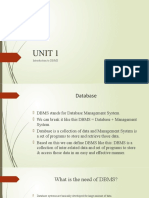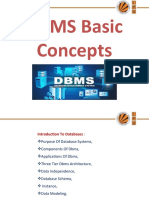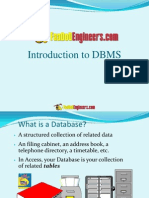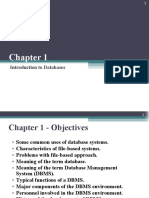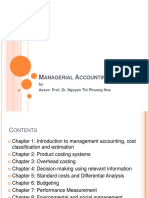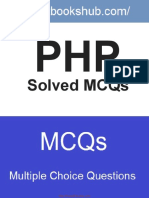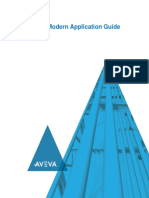0% found this document useful (0 votes)
27 views58 pagesLecture 1 - Database Systems Overview
This document provides an introduction to database systems, covering the differences between file-based and database-oriented approaches to data management, the components and functions of a Database Management System (DBMS), and the importance of data abstraction and independence. It outlines the roles of database administrators and users, as well as the various levels of data abstraction. Additionally, it discusses the advantages and applications of database technology in various fields.
Uploaded by
ayoursdejiCopyright
© © All Rights Reserved
We take content rights seriously. If you suspect this is your content, claim it here.
Available Formats
Download as PPTX, PDF, TXT or read online on Scribd
0% found this document useful (0 votes)
27 views58 pagesLecture 1 - Database Systems Overview
This document provides an introduction to database systems, covering the differences between file-based and database-oriented approaches to data management, the components and functions of a Database Management System (DBMS), and the importance of data abstraction and independence. It outlines the roles of database administrators and users, as well as the various levels of data abstraction. Additionally, it discusses the advantages and applications of database technology in various fields.
Uploaded by
ayoursdejiCopyright
© © All Rights Reserved
We take content rights seriously. If you suspect this is your content, claim it here.
Available Formats
Download as PPTX, PDF, TXT or read online on Scribd
/ 58




























